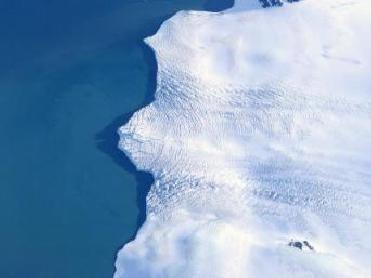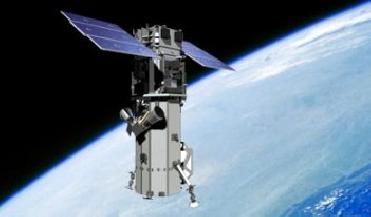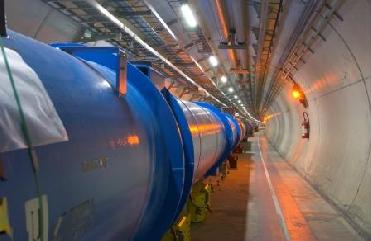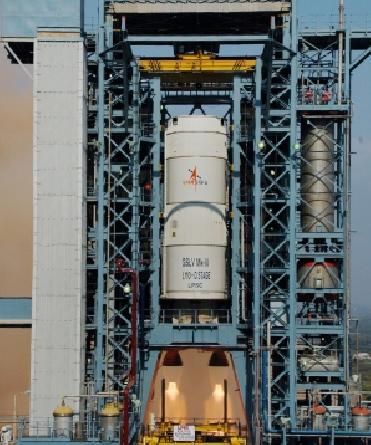
Antarctica's Larsen Ice Shelf, viewed from NASA's DC-8 aircraft in 2004, is one target of the 2009 Operation Ice Bridge campaign. Image credit: NASA
WASHINGTON (BNS): Scientists from NASA will be on a month-long mission at Chile�s Punta Arenas region to study changes in Antarctica�s sea ice, glaciers and ice sheet through an airborne survey.
The scientists will be stationed at DC-8 � an airborne laboratory equipped with laser mapping instruments, ice-penetrating radars and gravity instruments � to collect data on Antarctica. NASA will begin a series of flights as part of its �Operation Ice Bridge� campaign.
Data collected from the mission will help scientists better predict how changes to the massive Antarctic ice sheet would affect future sea level rise around the world, the space agency said.
The plane, crew and scientists will start their journey on October 12 from NASA's Dryden Aircraft Operations Facility in Palmdale, California, and fly to Punta Arenas where they will be based through mid-November.
The mission, involving nearly 50 scientists and support staff, will be led by Seelye Martin of the University of Washington in Seattle. The team is planning 17 flights over some of the fastest-changing areas in western Antarctica and its ice-covered coastal waters.
Data from the mission will also help bridge the data gap between NASA's Ice, Cloud, and Land Elevation Satellite (ICESat) which has been in orbit since 2003, and the ICESat-II, scheduled for launch in 2014. ICESat is nearing the end of its operational lifetime, making the Ice Bridge flights critical for ensuring a continuous record of observations.
Since airborne observations lack the continent-wide coverage a satellite provides, mission planners have selected key targets to study that are most prone to change. Sea ice measurements will be collected from the Amundsen Sea, where local warming suggests the ice may be thinning. Ice sheet and glacier studies will be flown over the Antarctic Peninsula and West Antarctica, including Pine Island Glacier, an area scientists believe could undergo rapid changes.
The payload on DC-8 includes an Airborne Topographic Mapper � a laser altimeter developed at NASA's Wallops Flight Facility in Virginia. It produces elevation maps of the ice surface and previously was flown over the Antarctic in 2002, 2004, and 2008 aboard a Chilean Navy P3 aircraft. By retracing some of those flights, as well as the tracks covered by ICESat, researchers can compare the data sets and determine changes in ice elevation.
Other instruments used in the mission are � Multichannel Coherent Radar Depth Sounder which measures ice sheet thickness and varied terrain below the ice; a Laser Vegetation Imaging Sensor that maps large areas of sea ice and glacier zones; a gravimeter that will give scientists their first opportunity to measure the shape of the ocean cavity beneath floating ice shelves in critical spots of Antarctica; a snow radar to measure the thickness of snow on top of sea ice and glaciers.
 Previous Article
Previous Article Next Article
Next Article











The Indian Air Force, in its flight trials evaluation report submitted before the Defence Ministry l..
view articleAn insight into the Medium Multi-Role Combat Aircraft competition...
view articleSky enthusiasts can now spot the International Space Station (ISS) commanded by Indian-American astr..
view article